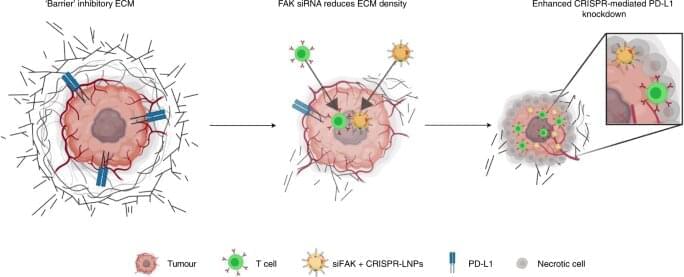‘Barcoding’ studies discovered two independent sources for blood cells in mice. If confirmed in humans, our understanding of blood cancers, bone marrow transplants, and the aging immune system will change.
The origins of our blood may not be quite what we thought. Using cellular “barcoding” in mice, groundbreaking research finds that blood cells originate not from one type of mother cell, but two, with potential implications for blood cancers, bone marrow transplant, and immunology. Fernando Camargo, PhD, of the Stem Cell Program at Boston Children’s Hospital led the study, published in the journal Nature on June 15, 2022.
“Historically, people have believed that most of our blood comes from a very small number of cells that eventually become blood stem cells, also known as hematopoietic stem cells,” says Camargo, who is also a member of the Harvard Stem Cell Institute and a professor at Harvard University. “We were surprised to find another group of progenitor cells that do not come from stem cells. They make most of the blood in fetal life until young adulthood, and then gradually start decreasing.”









